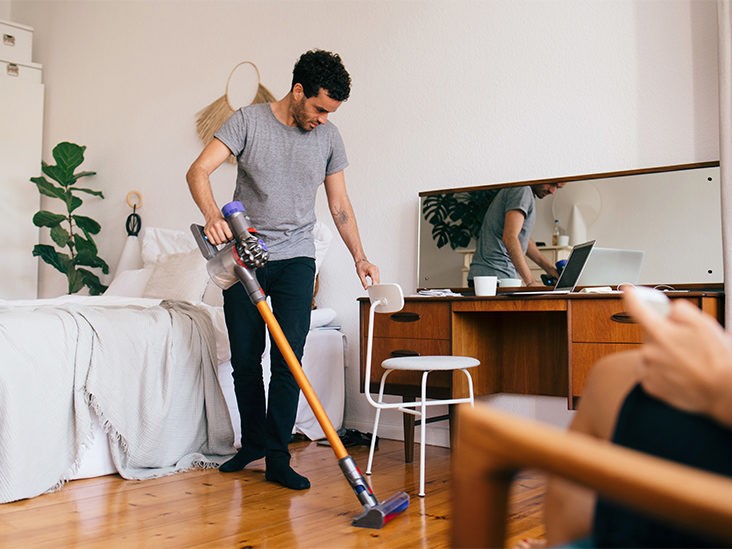8 Of the Dirtiest Spots in The Average Home

While we all know that we should regularly clean certain germy hotspots in our homes, such as the toilet and kitchen surfaces, there are several other dirty spots that require just as much attention (if not more), and which can play host to a multitude of horrid bacteria. These are typically areas that get touched a lot, and often by many different pairs of hands with varying levels of cleanliness.
Take a look at the following 8 dirty spots and check whether you’re keeping them clean enough and can be made a part of your house cleaning:
- Doorknobs and handles
In the average home, certain knobs and handles get touched countless times a day, and not always by sanitized hands. Try to wipe these regularly with an antibacterial solution to prevent any harmful bacteria from having a chance to settle there.
- Light switches
Just as with knobs and handles, certain light switches get touched many times a day, and keeping them hygienically clean is important, especially in a busy household.
- Faucets
Faucets are touched before we go to wash our hands, but rarely are they sanitized directly after. It isn’t hard to think about how many germs may be lingering on the faucets in your home, so take the time to wash and sanitize them as often as you can.
- Remote controls
You might be surprised to know just how dirty the remote controls in your home are if you look closely at them. Touched so often, but typically cleaned infrequently (if at all), you should try to carefully clean them at least every couple of months by using an antibacterial solution and some tissues and Q tips.
- Banisters
These usually get dusty and dirty, and while hands may dislodge the dust and grime, that doesn’t mean that they’re hygienically clean. Wipe your banisters down with a microfiber cloth before running a damp cloth soaked in your favorite antibacterial solution over them. Check that the solution you’re using won’t harm the banister the material is made from though.
- Electronics
Slightly trickier to clean, electronics require special consideration due to their delicate control panels; getting them wet should be avoided at all costs. As such, you should purchase special wipes for hygienically cleaning electronic items. LCD screens should also be cleaned frequently, but take care not to damage them by only using cleaning products proven not to be harmful. Often, the owner’s manual will advise you on how best to clean them without damaging them.
- Cabinet handles
A quick wipe every so often with an antibacterial solution (ideally more than once a week) should help keep the germs at bay. If they’re particularly greasy or grimy, simple dish soap and warm water should do the trick.
- Trash cans
Full of germ ridden items, but rarely cleaned themselves, trash cans can be the harbinger of many potentially harmful bacteria and should be cleaned at least a couple of times a month, and more often if food has gotten spilled in, or on them.
To ensure that your home is germ free all the time, encourage regular hand washing for all members of the household, and hire a maid to come in and sanitize all frequently touched areas of the home, at least once a week.


